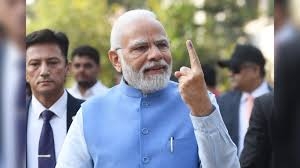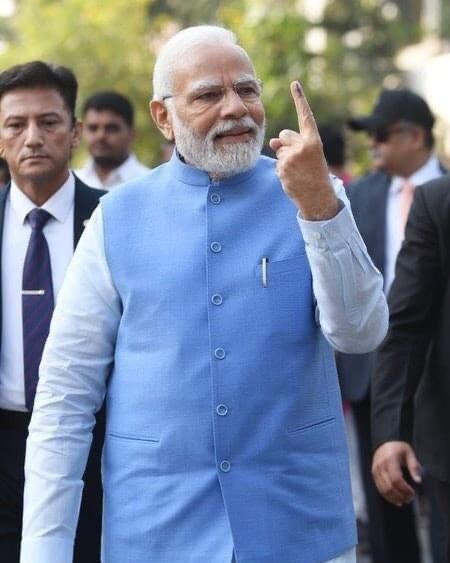Indian Space Research Organisation (Isro), slowly and steadily, has been taking India forward in the space race. The space agency hit a milestone with Chandrayaan-1 and now Isro is set to make history yet again with the Chandrayaan-2 mission. The mission, if successful, will make India only the fourth country after the United States, Russia and China to perform a "soft" landing on the Moon and put a rover on the lunar surface. China successfully landed a lunar rover in January this year.
Chandrayaan-2 Mission Launch Date:
Chandrayaan-2 will be launched by the GSLV Mk-III on July 15, 2019. Chandrayaan-2 will be launched into orbit onboard the Geosynchronous Satellite Launch Vehicle Mk-III, or GSLV Mk-III.
Three segments of Chandryaan-2 Mission:
- Orbiter: At the time of launch, the Chandrayaan-2 Orbiter will be capable of communicating with Indian Deep Space Network (IDSN) at Byalalu as well as the Vikram Lander. One year is total life of Orbiter and it will be placed in a 100X100 km lunar polar orbit for this lunar mission.
- Lander – Vikram: The Lander of Chandrayaan 2 is named Vikram after Dr. Vikram A Sarabhai, the Father of the Indian Space Programme. It is designed to function for one lunar day, which is equivalent to about 14 Earth days. The Lander is designed to execute a soft landing on the lunar surface.
- Rover — Pragyan: Chandrayaan 2's Rover is a 6-wheeled robotic vehicle named Pragyan, which translates to 'wisdom' in Sanskrit. It can travel up to 500m and leverages solar energy for its functioning. It can only communicate with the Lander.
Cost of Chandrayaan-2 Mission:
The complete cost of the Chandrayaan-2 mission is about Rs 978 crore. The total amount is including Rs 603 crore for the orbiter, lander, rover, navigation and ground support network and Rs 375 crore for the heavy rocket - Geo-Stationary Satellite Launch Vehicle with an indigenous cryogenic engine.
Indian Space Research Organisation (Isro), slowly and steadily, has been taking India forward in the space race. The space agency hit a milestone with Chandrayaan-1 and now Isro is set to make history yet again with the Chandrayaan-2 mission. The mission, if successful, will make India only the fourth country after the United States, Russia and China to perform a "soft" landing on the Moon and put a rover on the lunar surface. China successfully landed a lunar rover in January this year.
Chandrayaan-2 Mission Launch Date:
Chandrayaan-2 will be launched by the GSLV Mk-III on July 15, 2019. Chandrayaan-2 will be launched into orbit onboard the Geosynchronous Satellite Launch Vehicle Mk-III, or GSLV Mk-III.
Three segments of Chandryaan-2 Mission:
- Orbiter: At the time of launch, the Chandrayaan-2 Orbiter will be capable of communicating with Indian Deep Space Network (IDSN) at Byalalu as well as the Vikram Lander. One year is total life of Orbiter and it will be placed in a 100X100 km lunar polar orbit for this lunar mission.
- Lander – Vikram: The Lander of Chandrayaan 2 is named Vikram after Dr. Vikram A Sarabhai, the Father of the Indian Space Programme. It is designed to function for one lunar day, which is equivalent to about 14 Earth days. The Lander is designed to execute a soft landing on the lunar surface.
- Rover — Pragyan: Chandrayaan 2's Rover is a 6-wheeled robotic vehicle named Pragyan, which translates to 'wisdom' in Sanskrit. It can travel up to 500m and leverages solar energy for its functioning. It can only communicate with the Lander.
Cost of Chandrayaan-2 Mission:
The complete cost of the Chandrayaan-2 mission is about Rs 978 crore. The total amount is including Rs 603 crore for the orbiter, lander, rover, navigation and ground support network and Rs 375 crore for the heavy rocket - Geo-Stationary Satellite Launch Vehicle with an indigenous cryogenic engine.










278.jpeg)
774.jpeg)
12.jpeg)
40.jpeg)

180.jpeg)

624.jpeg)
73.jpeg)





